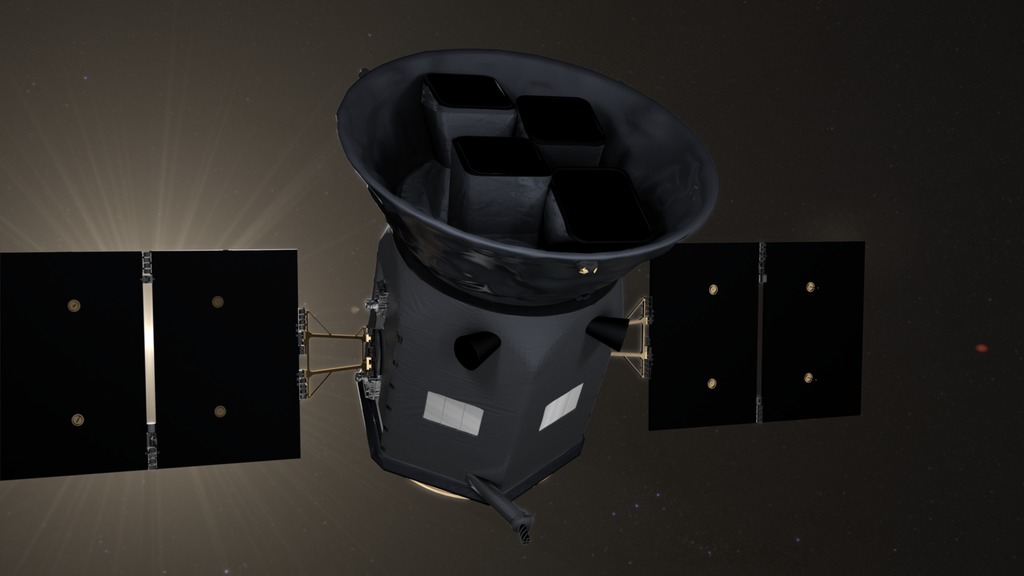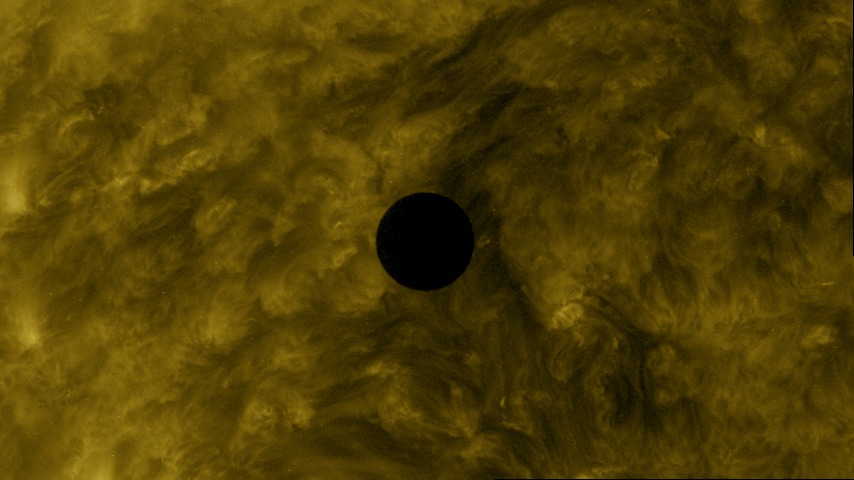TESS AAS Hyperwall Presentation January 2018
Venus transits the Sun on June 5, 2012 as observed by the Solar Dynamics Observatory in 171 Angstrom light.
Credit: NASA/SDO
Imagery and spectra of the stars in the Pleiades as captured by K2.
Credit: NASA/K2/Aarhus University/T.White

Proposed TESS Guest Investigator topics.
Credit: NASA's Goddard Space Flight Center

Proposed TESS Guest Investigator topics.
Credit: NASA's Goddard Space Flight Center

Proposed TESS Guest Investigator topics. With number of proposals in each category.
Credit: NASA's Goddard Space Flight Center
Loopable animation of TESS spacecraft.
Credit: NASA's Goddard Space Flight Center/CI Lab
Animation of how TESS will survey the sky.
Credit: MIT
Animation of TESS's path into its long-term orbit and what that final orbit will look like.
Credit: MIT
Animation of TESS's two phases while in orbit. During HASO--or high-altitude science operations--the spacecraft is farther from Earth and is capturing science data with its cameras. As it nears its closest approach to Earth, it switches to LAHO--low-altitude housekeeping operations--and rotates to transmit and recieve data from the ground.
Credit: MIT

This illustration compares the sizes of various exoplanets with Earth and the Moon.
Credit: NASA's Goddard Space Flight Center
This animation illustrates the Kepler-186 system, whose fifth world is the first Earth-sized exoplanet to be found orbiting within its star’s habitable zone. The animation closes with a simulated image from a coronagraph showing how such a planet might appear when directly imaged.
Credit: NASA/Ames/SETI Institute/JPL-Caltech
Credits
Please give credit for this item to:
NASA's Goddard Space Flight Center. However, individual items should be credited as indicated above.
-
Producers
- Scott Wiessinger (USRA)
- Claire Saravia (NASA/GSFC)
-
Scientists
- Padi Boyd (NASA/GSFC)
- Stephen Rinehart (NASA)
Release date
This page was originally published on Sunday, January 7, 2018.
This page was last updated on Wednesday, May 3, 2023 at 1:47 PM EDT.


